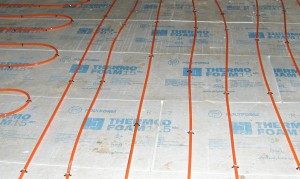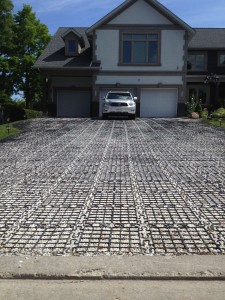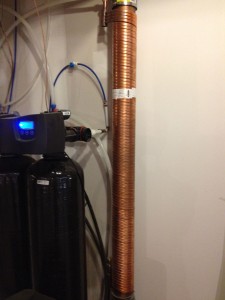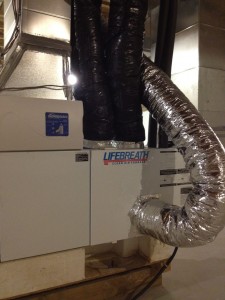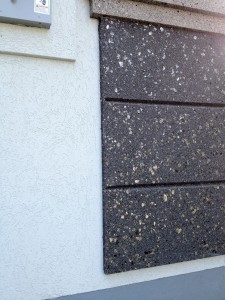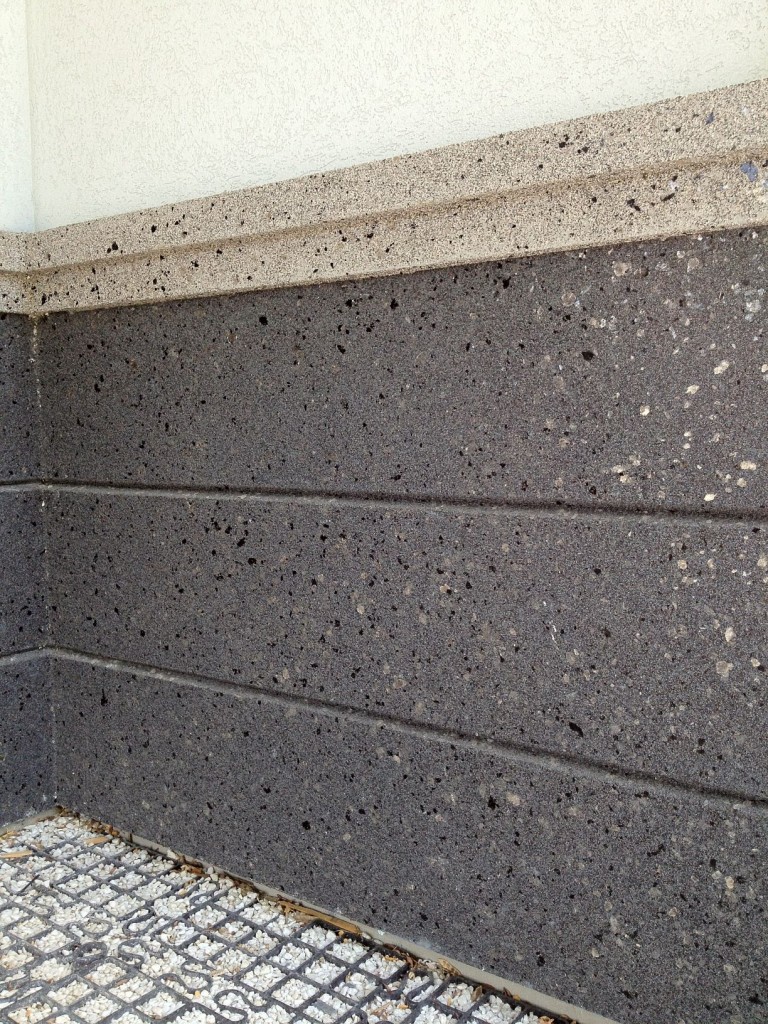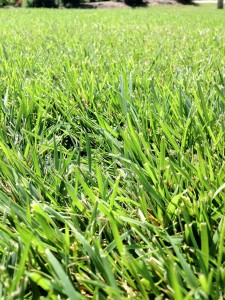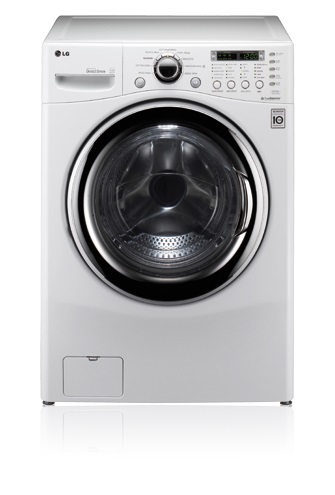 A concept that never made sense to me was the concept of a dryer that used energy to heat the air, and exhausted that hot air out of the house. Thing about it… On a cold February Canadian day, you’re first paying to heat the air inside the dryer, and when it gets exhausted, replacement air has to enter the house to balance the air pressure, and you’re paying a second time to heat the frigid outside air that ultimately winds its way into the house.
A concept that never made sense to me was the concept of a dryer that used energy to heat the air, and exhausted that hot air out of the house. Thing about it… On a cold February Canadian day, you’re first paying to heat the air inside the dryer, and when it gets exhausted, replacement air has to enter the house to balance the air pressure, and you’re paying a second time to heat the frigid outside air that ultimately winds its way into the house.
In many parts of the world, a combination washer and condensing dryer was very common, but yet the selection in the US and Canada can be counted with two hands. Since our choice was limited, and based on prior good experience with an earlier LG model, we chose to purchase two LG WM3987HW for the house, one to put in the laundry room, and a second to put in the upstairs semi-ensuite.
The LG combination washer/dryer unit has several benefits. For one, you don’t need an exhaust, simplifying the installation and most importantly, much more energy efficient. All it requires is a water supply, a drain, and a standard 15A 110V receptacle, instead of the 30A 220V that a typical dryer requires. That’s 1/4 the maximum potential draw of electricity. Sure, the machine takes longer to dry the clothes, and as such the energy savings might not be 75%, but it is much more efficient nonetheless.
The lack of exhaust allowed us to install one in the upstairs bathroom by tying into existing plumbing, and allowed us to have a second floor laundry within the common washroom, a major convenience as we did not need to carry the laundry up and down the stairs.
The general common complaint on these all-in-one washer/dryer is that it takes a very long time to complete a cycle (3 hours 30 minutes average from start of wash to completion of dry), but we have adapted our laundry washing to be done overnight by setting the delay function on the unit to start around 4am, and in the morning we have clean clothes ready to go or ready to be folded. The other common complaint is that the clothes coming out has a very slight smidgen of dampness as a result of the condensing drying method, but usually it evaporates by the time we are done folding the clothes.
A pet peeve: LG is proverbially raping the Canadian public on this unit. When we bought this unit in 2011, the Canadian MSRP was CAD$2600, and the US MSRP was USD$1679, and we ended up purchasing two units in Buffalo for USD$1300 each, so even after the NY state tax and the trailer rental, we were WAY WAY ahead than buying in Toronto. I understand the Canadian market is a smaller market, but the price difference was just outrageous with the exchange rate factored in. I contacted LG Canada in 2011 regarding their price discrepancy in the two markets, and their reply was:
“Thanks for contacting LG customer service. The reason why prices are lower in the U.S is because of the bigger market. That is the same for almost every product sold their. Have a great day.”
LG, this is SHAMEFUL. You have a great product, but the way you treat your Canadian customers is atrocious.

